It's been a bummer of a year--and now we've got the science to show it.
Happiness levels are on the decline, according to a University of Vermont study that tracked the tone of billions of tweets sent over nearly three years.
The research report published in the journal PLoS One examined over 46 billion words contained in nearly 4.6 billion tweets posted by more than 63 million users during a 33-month period between September 9, 2008 and September 18, 2011. Researchers measured the gloom or glee of tweets' text by assigning a happiness score to more than 10,000 words ranging from "laughter," which claims a relatively high average happiness score of 8.50, to "greed" (3.06) and "terrorist" (1.30).
The analysis determined that overall happiness has not only dropped since 2009, but has experienced a more rapid decline since the beginning of this year. The death of Osama bin Laden on May 2, 2011 triggered the "day of the lowest happiness" across the 33 month time-frame examined in the study.
"Looking at the complete time series, we see that after a gradual upward trend [in average happiness] that ran from January to April, 2009, the overall time series has shown a gradual downward trend, accelerating somewhat over the first half of 2011," the authors of the study wrote of their findings.
According to the report, the U.S. government's TARP bailout program "induced a multi-week depression" that reached its low on September 29, 2008, the day the Dow Jones Industrial Average lost a record-breaking 777.68 points.
Spirits also dropped following the H1N1 pandemic in 2009, the death of Michael Jackson, which registered "the largest single day drop," Patrick Swayze's death, England's defeat in the World Cup, as well as the string of natural disasters in 2010, including the earthquake in Chile and October storm that ravaged parts of North America.
"It appears that happiness is going down," Peter Dodds, the study's lead researcher, told Psych Central.
The study also tracked yearly, weekly and daily fluctuations in mood.
Happiness peaks on Saturdays, followed by Fridays and Sundays, then drops to a low on Tuesdays, the Twitter data show. The happiest hour of the day takes place between 5 and 6 AM, then falls steadily throughout the day until it reaches its nadir between 10 and 11PM.
Holidays put us in a good mood: The researchers recorded peak happiness levels on Christmas Day and positive sentiment on Christmas Eve, New Year's Eve and New Year's Day, Valentine's Day, Easter, July 4th, Thanksgiving, and Mother's and Father's Day.
The authors of the study highlighted the value of Twitter, and its firehose of data, to illuminate other trends and contribute to research efforts in the social sciences. They also acknowledged that the tweets they analyzed came from a "non-representative subpopulation," which could have skewed their findings, and included posts by individuals, organizations and bots.
"As we have seen in both the work of others and ours, Twitter and similar large-scale, online social networks have thus far provided good evidence that scientifically interesting and meaningful patterns can be extracted from these massive data sources of human behavior," Dodd and his co-authors wrote. "Finally, the era of big data social sciences has undoubtedly begun. Rather than being transformed or revolutionized we feel the correct view is that the social sciences are expanding beyond a stable core to become data-abundant fields."
Facebook has also attempted to measure the mood of users on the social network and launched a Gross National Happiness index to track how people's spirits rise and fall through the year.
Many of Facebook's findings support the Twitter study: happiness levels on Facebook also peak on Christmas, New Year's and Valentine's Day, as well as on the weekend.
